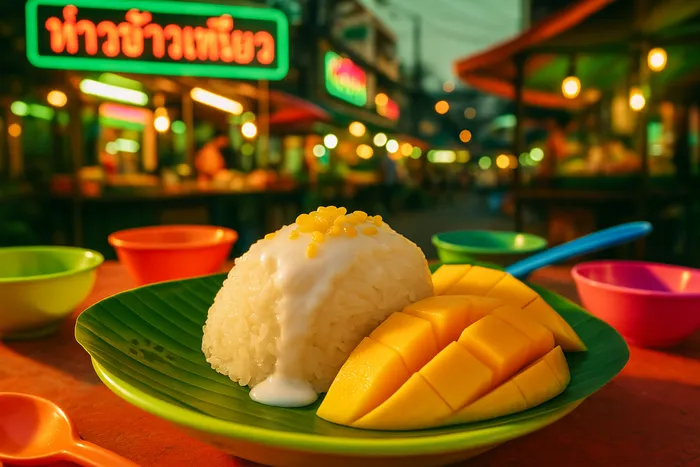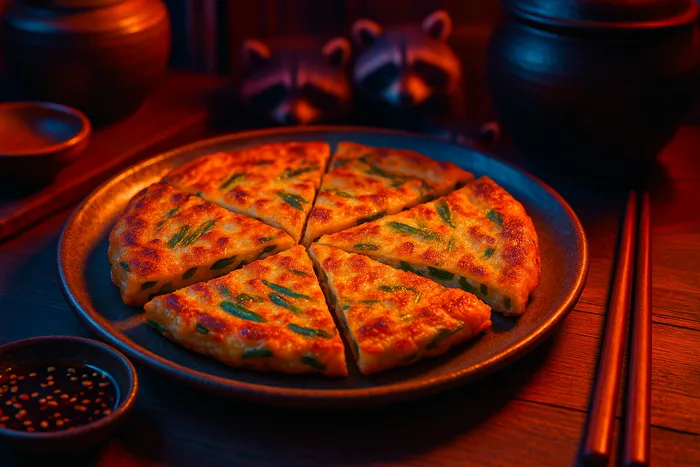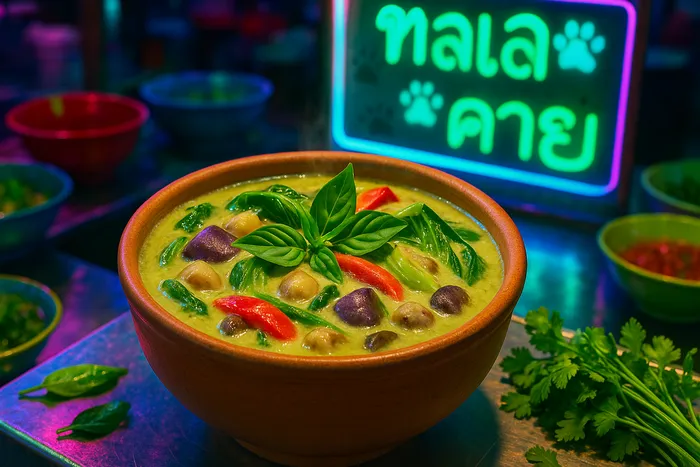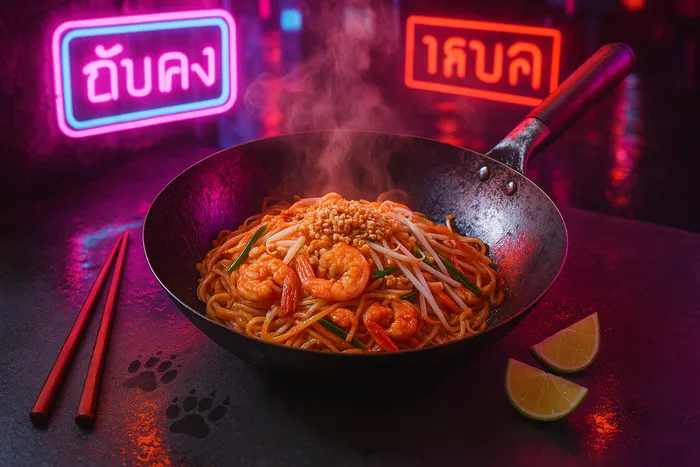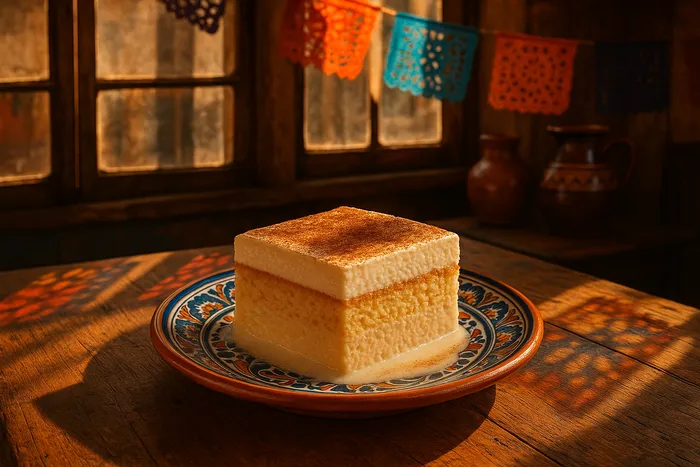breakfast
Thai Coconut Pancakes (Khanom Krok)
Prep: 20 minutes
Cook: 15 minutes

Crispy-bottomed, custard-centered coconut pancakes that sizzle in special round pans—that's khanom krok. The technique is all about contrast: rice flour batter that crisps on the bottom while coconut milk creates a creamy, almost molten center. Getting that textural magic right takes practice, but the results are pure Thai street food perfection.
These aren't pancakes in the Western sense. They're more like tiny coconut custard cups with crispy bottoms, cooked in a special pan called a khanom krok pan (though I'll share workarounds). The technique is all about getting that contrast of textures right.
Ingredients
🥥 400ml coconut milk (full-fat, divided)
🌾 100g rice flour
🌽 2 tablespoons tapioca starch
🧂 1/2 teaspoon salt
🍯 2 tablespoons palm sugar (or brown sugar)
🌱 1/4 teaspoon active dry yeast
💧 2 tablespoons warm water
🥥 2 tablespoons fresh grated coconut (or desiccated)
🌽 2 tablespoons corn kernels (optional)
🌿 2 green onions, finely chopped (optional)
🥥 Coconut oil for greasing
Instructions
Activate the yeast: Mix yeast with warm water and let it foam for 5 minutes. This gives the pancakes a slight tang and helps with texture.
Make the batter: In a bowl, whisk together rice flour, tapioca starch, salt, and palm sugar. Gradually add 300ml of coconut milk, whisking until smooth. Stir in the activated yeast mixture. Let this sit for 15 minutes – it should smell slightly fermented.
Prepare toppings: If using corn or green onions, have them ready. The fresh coconut is traditional and adds amazing texture.
Heat your pan: If you have a khanom krok pan, perfect. If not, use an aebleskiver pan or even a mini muffin tin. Brush each indent with coconut oil and heat over medium heat.
Cook the base: Pour batter into each indent, filling about 2/3 full. Let cook for 2-3 minutes until the bottom sets and edges start to crisp.
Add the topping: Drizzle the remaining thick coconut milk over each pancake. Sprinkle with grated coconut, corn, or green onions if using.
Finish cooking: Cover and cook for another 3-4 minutes until the tops are just set but still slightly wobbly. The bottoms should be golden and crispy.
Serve immediately: Use a small spoon or skewer to lift them out. They're best eaten warm when the contrast between crispy and creamy is most pronounced.

Khanom Krok Technique Flow
Critical Points:
- Yeast gives subtle tang and better texture
- Pan must be properly heated - not too hot
- 2/3 fill level is crucial for proper shape
- Cover creates steam for custardy center
- Serve immediately for best texture contrast
Serving & Variations
Traditionally served warm as a street snack, these work beautifully for breakfast or dessert. In Thailand, you'll often see them topped with corn kernels, chopped green onions, or even small pieces of taro.
Sweet variations: Add a pinch of pandan extract for that distinctive green color and vanilla-like flavor. Some vendors add a small piece of banana to each cup.
Savory twist: The corn and green onion version is popular in northern Thailand. Some regions add small dried shrimp.
Equipment notes: A proper khanom krok pan makes a difference, but don't let that stop you. I've made successful versions in aebleskiver pans and even well-seasoned mini muffin tins. The key is getting them hot enough for that crispy bottom.
Timing & Temperature Control
Temperature Guide:
- Pan temperature: Medium heat (water droplet should sizzle, not violently bubble)
- Base batter: Cook until edges start to set and bubbles form
- Steam phase: Cover creates gentle steam for creamy center
- Serving temperature: Warm but not burning hot
The technique takes a bit of practice – getting the timing right so the bottoms crisp while the tops stay creamy. But once you nail it, you'll understand why these little coconut gems are such beloved street food.
They remind me why I love Thai cooking: simple ingredients transformed through technique into something that's both comforting and surprising. Perfect for lazy weekend mornings when you want something special but not complicated.
For more street food discoveries and Thai culinary adventures, check out my Thailand travel notes.





